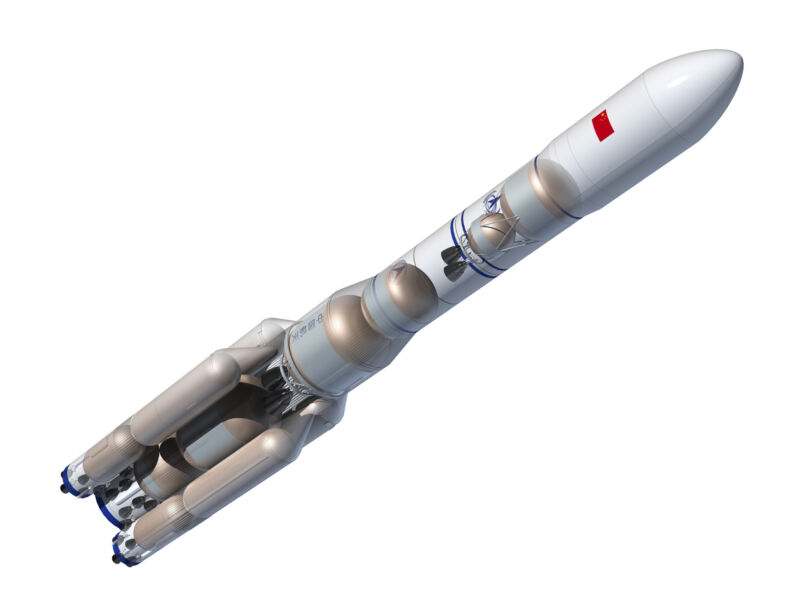
When China started to get serious about sending its astronauts to the Moon in the middle of the last decade, the country's senior rocket scientists began to plan a large booster to do the job.
In 2016 the country's state-owned rocket developer, the China Academy of Launch Vehicle Technology, began designing the "Long March 9" rocket. It looked more or less like the large heavy lifter NASA was designing at the time, the Space Launch System. Like NASA's large rocket, the Long March 9 had a core stage and boosters and was intended to be fully expendable.
There were some key differences, particularly in propellants—the Long March 9 would use kerosene, instead of liquid hydrogen—but the general idea was the same. China would build a single-use, super heavy lift rocket to launch its astronauts to the Moon. The country set a goal of flying the rocket by 2030.
But in recent years China has begun evolving these plans, particularly as SpaceX has demonstrated the reusability of kerosene-fueled first stages and gotten deep into developing its fully reusable Starship rocket. In various presentations, Chinese officials have discussed the possibility of incorporating reusable elements into the Long March 9 design.
Now, according to Space News, China has made that direction official. The publication cited an interview that Liu Bing, director of the general design department at the China Academy of Launch Vehicle Technology, gave to China Central Television this week. He confirmed that plans for a fully expendable Long March 9 have been dropped.
Rather, the current design features grid fins on the first stage and no side boosters. The goal, Liu said, is to develop a large rocket with a reusable first stage capable of delivering 150 metric tons to low Earth orbit and up to 50 metric tons to the Moon. Liu said the design process remains fluid, with several technical challenges yet to address.
One of those design decisions is likely to involve propulsion. China recently conducted a hot-fire test of a very powerful rocket engine fueled by kerosene, the YF-130. This engine is among the most powerful liquid-fueled engines ever built, with 1 million pounds of thrust. It was thought to be the engine of choice for the Long March 9.
But this engine may not be suited for reusability, as the Falcon 9 rocket relights only a subset of its nine engines during reentry through Earth's atmosphere. For this reason, the reusable Long March 9 design may use clusters of smaller liquid-fueled engines—possibly based on methane as a propellant, like Starship.
What this means for the YF-100 engine is not clear. However, what does seem certain is that China is serious about its ambitions for a human lunar landing and that whatever approach it settles on will reflect 21st-century technology.



3175x175(CURRENT).thumb.jpg.b05acc060982b36f5891ba728e6d953c.jpg)

Recommended Comments
There are no comments to display.
Join the conversation
You can post now and register later. If you have an account, sign in now to post with your account.
Note: Your post will require moderator approval before it will be visible.